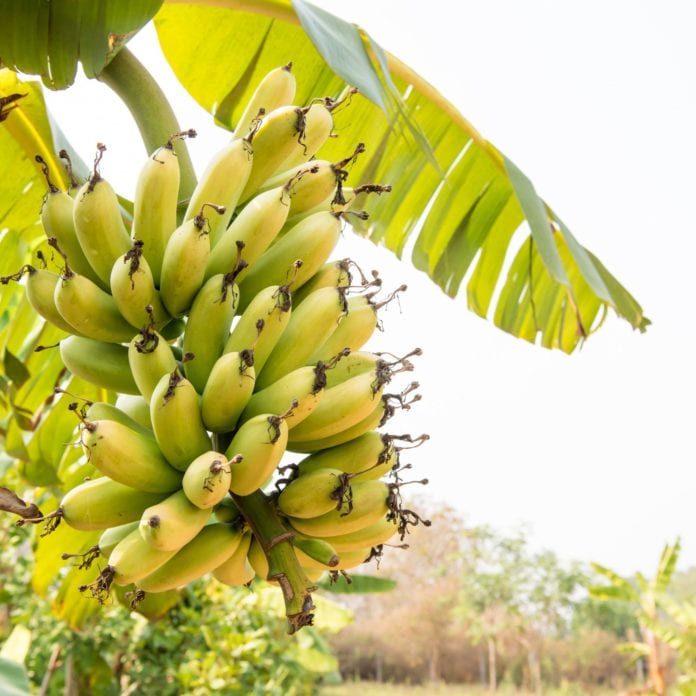Agriculture is evolving
Smart farming and precision agriculture have become important parts of modern agricultural practices. According to the Food and Agricultural Organization of the United Nations (FAO), by 2050, food production may increase 70% to feed 9.6 billion people. Food and agricultural companies are increasing investment in IoT solutions to cut costs, increase quality and quantity, and ease the labor of farmers.
Red Tecnoparque Colombia is a technical program of SENA Regional Risaralda, the Colombian National Service for Learning, which aims to accelerate the development of technology-based projects in the country. To improve farming productivity, the organization has deployed a wireless sensor network with Libelium technology to monitor plantain crops in the west-central Colombian region of Santa Rosa de Cabal.
Monitoring crops with precision agriculture
Plantain crop has special significance for the Colombian economy. It represents 9.69% of the agricultural production value, and its annual production is estimated to be around 3 million tons in an area of 380,000 hectares, or just short of a million acres, according to a case study provided by Libelium.
According to the Colombian Consolidated Report of Exports published in May 2016, the total amount of banana exports between January and May is estimated at $433,454,622, an increase of 11.5% from last year’s total. Banana exportation comprises 3.7% of total exports in the country.
Crop flood, decrease of oxygen in the soil, high humidity, low temperatures and low luminosity cause a lower plant development and predisposition to plagues and diseases. During the winter, the increase of plagues and diseases makes pesticide control something vital for producers, according to Libelium.
Improving crops conditions will increase the economic relevance of banana production in Colombia. For this reason, Red Tecnoparque Colombia has selected Libelium Waspmote Plug & Sense! sensor platform to develop a smart farming project with remote sensors. Plantain crops are now being monitored with different sensors added to Waspmote Plug & Sense! including:
- Digital humidity & temperature.
- Soil moisture.
- Soil temperature.
- Trunk diameter
- Fruit diameter
- Pluviometer
- Solar radiation
- Ammonia (NH3)
Redcom Tecnoparque is using these metrics to remotely monitor ambient and agronomic variations to investigate new banana varieties. This solution allows farmers to project harvest amounts, optimize water usage, prevent plagues and diseases, reduce fertilizers consumption and catalog soils depending on climate and culture. Waspmote Plug & Sense! communicates with the company’s Meshlium Gateway through 802.15.4 protocols while data is sent to the cloud via 3G and GPRS. The information is visualized in a cloud-based application that can be accessed through any computer and by mobile application.
Using IoT to increase banana production

“This project will allow us to obtain knowledge from the crops and also to develop and deploy technology for agriculture sector as a first step for future researches,” said Jerry Giovanny Colorado Cano, manager of online virtual technology from Red Tecnoparque Colombia. “Our aim is to upgrade and promote innovation and competitiveness to all the processes related to environmental and agriculture sectors.”
Some of the benefits of this project include:
- Improving environmental and agricultural sustainability.
- Promoting sustainable productivity in plantain crops.
- Organic waste management.
- Crops traceability.
- Safety of the product.
The project is designed to help develop future projects in Colombia to improve banana production and to keep the top position in the ranking of export countries. There is a fear that the Panama disease, which currently attacks crops in Africa, Indonesia, the Philippines and Australia, might soon arrive in South America. Experts are working to find genetic diversity through species improvement programs using IoT systems.

